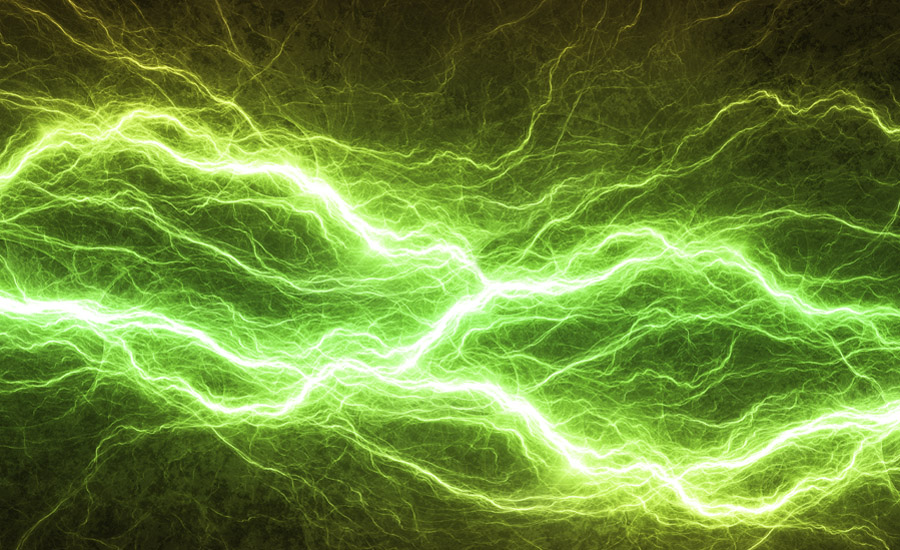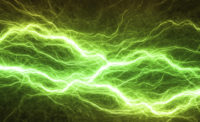PPE helps you survive an arc flash

An arc flash can be started by several causes. Some of these, like accidental contact and dropping tools are avoided by just not opening up energized equipment. Arcs can initiate from tracking across insulators, most commonly seen in high voltage equipment and caused by surface contamination on the insulators. Corrosion can increase the resistance of connections and cause extreme heating or lead to mechanical failure. Unsafe work practices is one of the more significant causes because they are avoidable. Many times this is caused by just trying to do things too quickly or without thinking things through; “cutting corners;” or not following proper lock-out/tag-out procedures.
Arc flash injury is best avoided by not working on energized electrical equipment. Sometimes this is not possible. In those cases the work must be performed by trained qualified workers and following the completion of a hazard risk analysis.
A hazard risk analysis will help identify the appropriate personal protective clothing or PPE for the task. The required quality of the selected PPE depends on the estimated amount of heat released by an arc flash. This thermal energy is dependent on a number of factors but the three most significant are.
- How much current is in the arc
- The time to clear the fault and totally stop the current
- The distance from the person to the arc
The PPE does not guarantee you will walk away unscathed from an arc flash. It merely makes the incident survivable by limiting injuries to second degree burns. Permissible forms of PPE vary from common cotton clothing to highly insulated heavy clothing combined with hoods and face shields. Note that polyester and other similar synthetic fiber clothing is not allowed.
When the arc energy exceeds Category 4 capabilities the blast effect injuries are of more concern than the burns caused by thermal effects. There are no PPE designed to withstand the blast effects of an arc flash. That’s why there is no category beyond class 4.
Now that we have laid the groundwork of a basic knowledge of arc flash, let’s look at the survey results in detail. As we mentioned before, the results identified the “three A’s of arc flash”:
Awareness - 36% of end users and 38% of specifiers did not know the HRC of their facility or their electrical system design.
Analysis - 50% of end users said no arc flash hazard study had been performed in their facility.
Action - 35% end users said no changes were made despite conducting analysis
Please visit www.geelectrical.com on the web if you’d like more information.
Source: “The Three A’s of Arc Flash” by Gary H. Fox, PE, Senior Specification Engineer
Looking for a reprint of this article?
From high-res PDFs to custom plaques, order your copy today!







